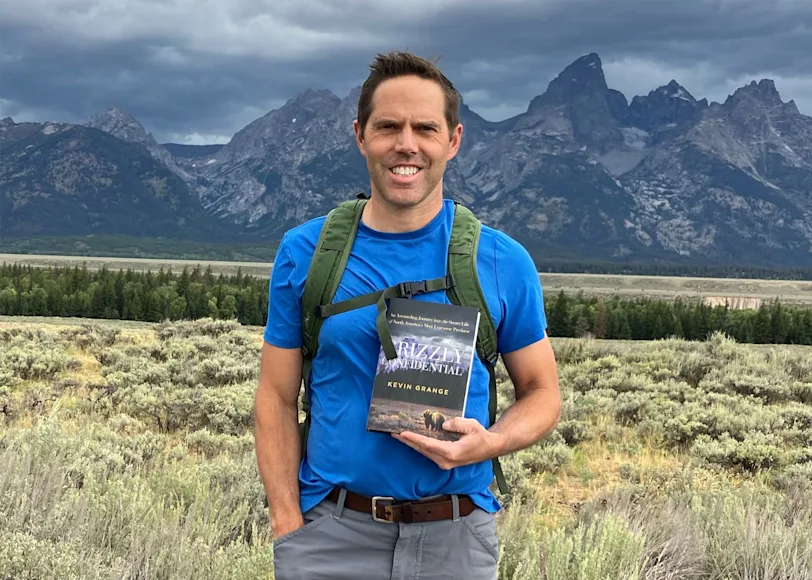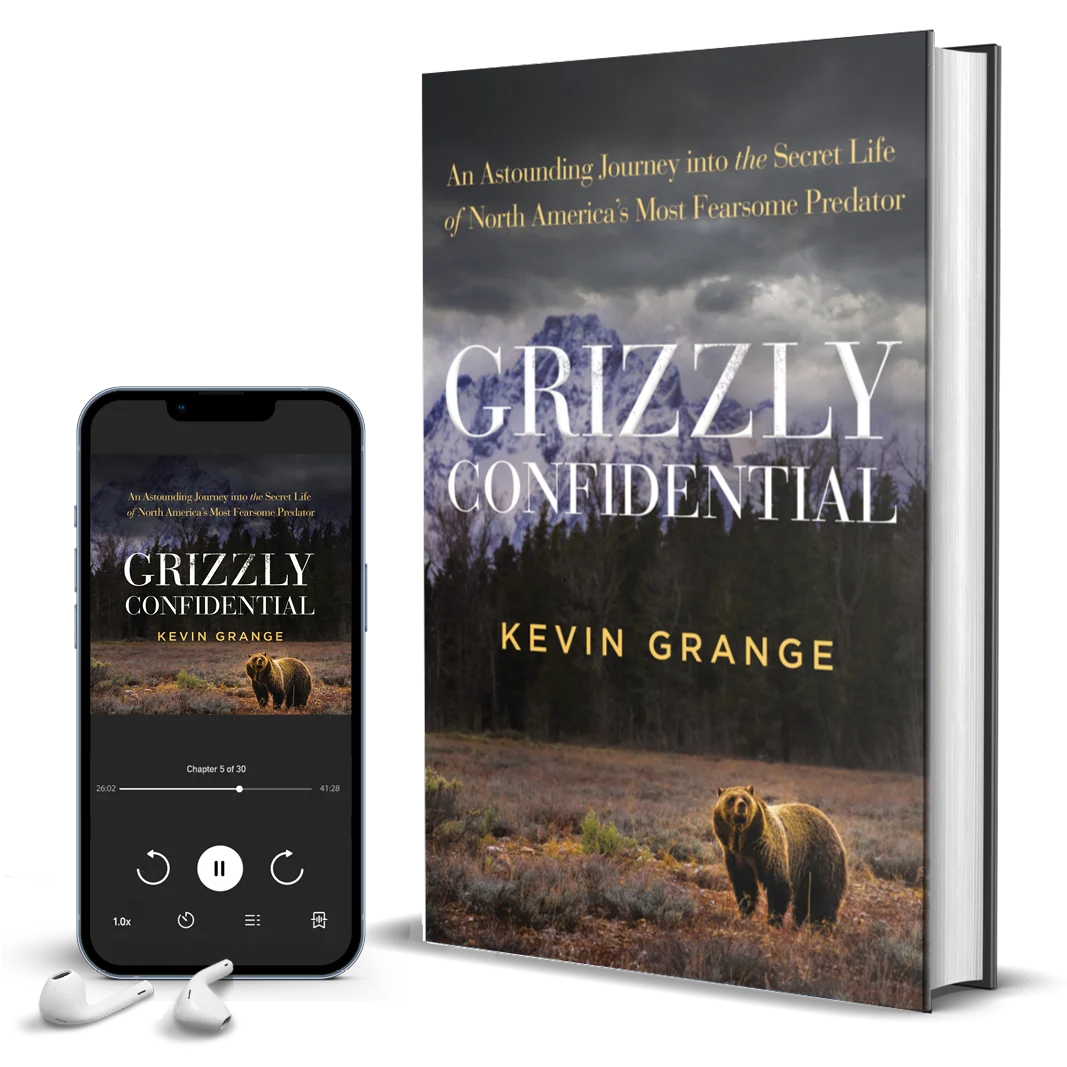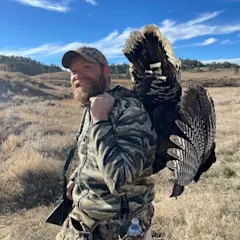Grizzly bears might be the West's most iconic wildlife species, and they're certainly one of the most controversial. The apex predators make headlines constantly, whether it's an attack on a hunter, a tourist encounter gone awry, or an effort to bring grizzlies under state management. But a recently-released book from author Kevin Grange called Grizzly Confidential takes a deeper look at the grizzly’s place in American culture, exploring topics like the thriving black market for bear parts, roadside zoos in the West masquerading as bear sanctuaries, and brown bear hunting in Alaska.
A Wyoming-based firefighter and former Yellowstone National Park paramedic, Grange travelled the country unearthing stories about grizzlies and grizzly-obsessed people while writing the book. It spans from the earliest days of grizzly bear biology in the United States (a field pioneered by the famous Craighead Brothers in the 1930s) to the pivotal role that hunting plays in the continued conservation of Kodiak Island grizzlies today.
Grange's book took me back to my own time working in Yellowstone in the early 2010s. Coming from my home state of Indiana, I was so green about grizzlies at first that I would hike without bear spray, post-holing my way up Elephant Back Mountain solo before work shifts. A few years later, I was shocked to learn that a Lake Village employee had been mauled and killed by a sow grizzly while hiking alone on the same trail without bear spray. Grange worked in the park at the time of that incident, which he cites in his chapter on the pioneering work of the Craighead Brothers.
When I caught up with Grange, I asked him about his earliest grizzly encounters, how his perception of bear hunting evolved while writing the book, and what hunters should do to prepare themselves for close-quarter grizzly encounters in deer and elk country.
TH: At the beginning of the book you talk about your intro to the outdoors as a child growing up in New Hampshire. What kind of role did Field & Stream magazine play in that introduction?
KG: When I was eight years old, my family moved from Chicago to New Hampshire, and I fell in love with books about dogs, adventure, and the outdoors—Where the Red Fern Grows, Old Yeller, and Jim Kjelgaard’s Big Red. I wanted nothing more than to learn how to hunt, fish, and camp, so I read Field & Stream religiously. The magazine not only gave me tips and tactics about catching bass, tracking wildlife, or building a tree stand, but it taught me about conservation and the importance of protecting wild places.
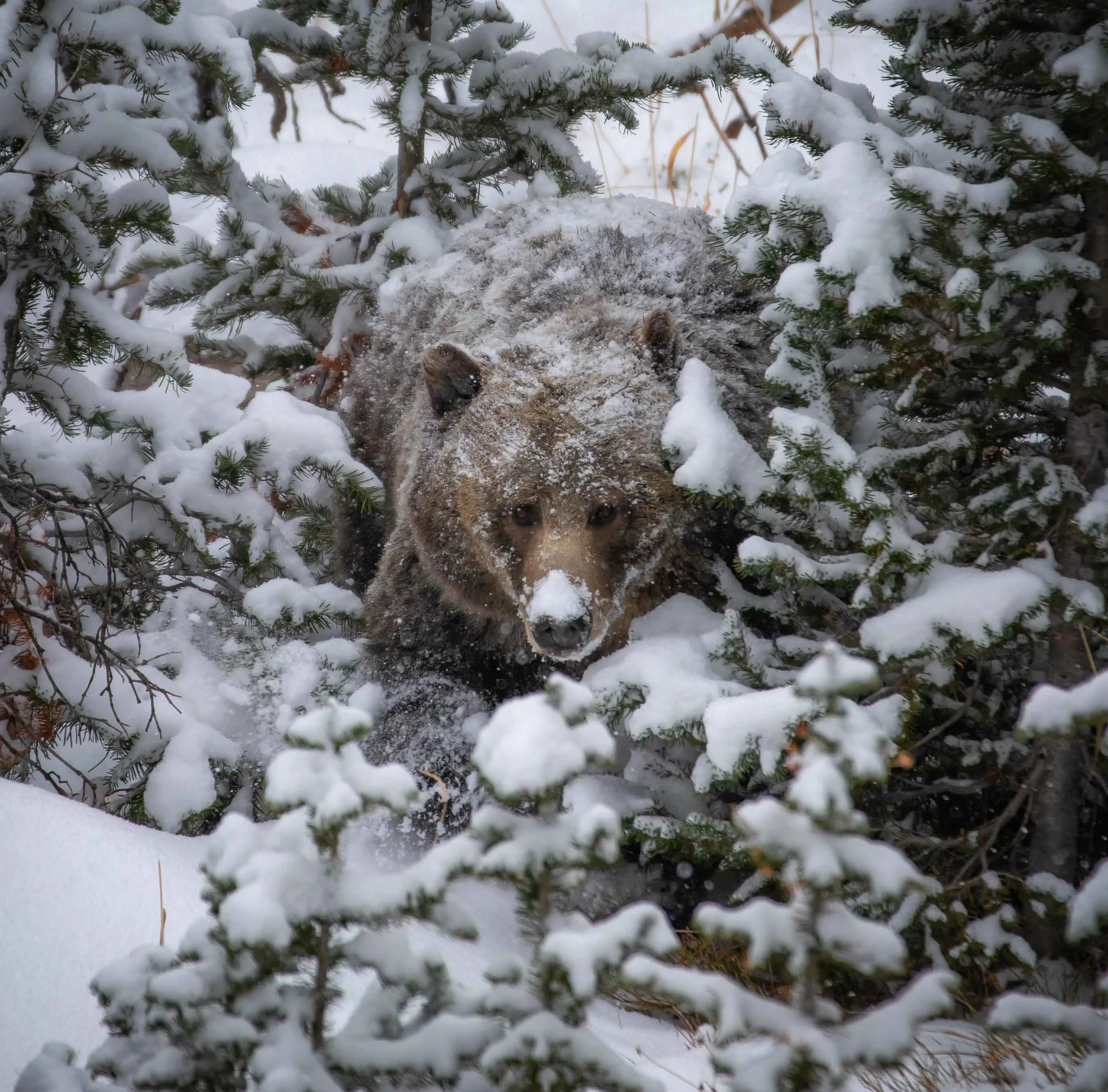
TH: Do you remember your first close encounter with a grizzly bear in the wild?
KG: My first encounter with a grizzly bear in the wild was quite funny. I was working as a park ranger and paramedic at Yellowstone, and I’d gone out for a trail run when I spotted a grizzly crossing the Firehole River a hundred yards away. The bear wasn’t approaching people and showed no signs of aggression or stress—but I was terrified and immediately called the park dispatcher to report it. She just laughed and said, “You mean to tell me you called 9-1-1 dispatch to tell us there’s a grizzly bear in Yellowstone National Park?” I felt so stupid and, making matters worse, my radio transmission was broadcast to all the park rangers across the Old Faithful district!
TH: Did you respond to any bear attacks during your five seasons as a paramedic in Yellowstone?
KG: There was one fatal mauling during my time at Yellowstone and another one when I worked at Grand Teton. I wasn’t on-shift for either of these attacks, but it sounds like one incident was a surprise, defensive attack and the other was a predatory attack. Despite these incidents, the most surprising thing I learned was that grizzlies aren’t out to get us. The chance of being fatally mauled in Yellowstone is around 0.04% per 1 million visits.
TH: What was the craziest tourist-related incident you dealt with in Yellowstone?
KG: The time a young grizzly bear ran through a crowd of hundreds of people at the same time Old Faithful was about to erupt was memorable…and stressful. The subadult bear was more scared than aggressive and sought safety by immediately climbing a tree, at which point he was surrounded by a mob of people snapping photos. That moment taught me that, in many ways, humans are often the aggressor in the human-bear relationship by displacing grizzlies through our activities, fragmenting habitat with roads, and distracting wild bears from natural food sources by leaving unsecured food, compost and trash at our houses.
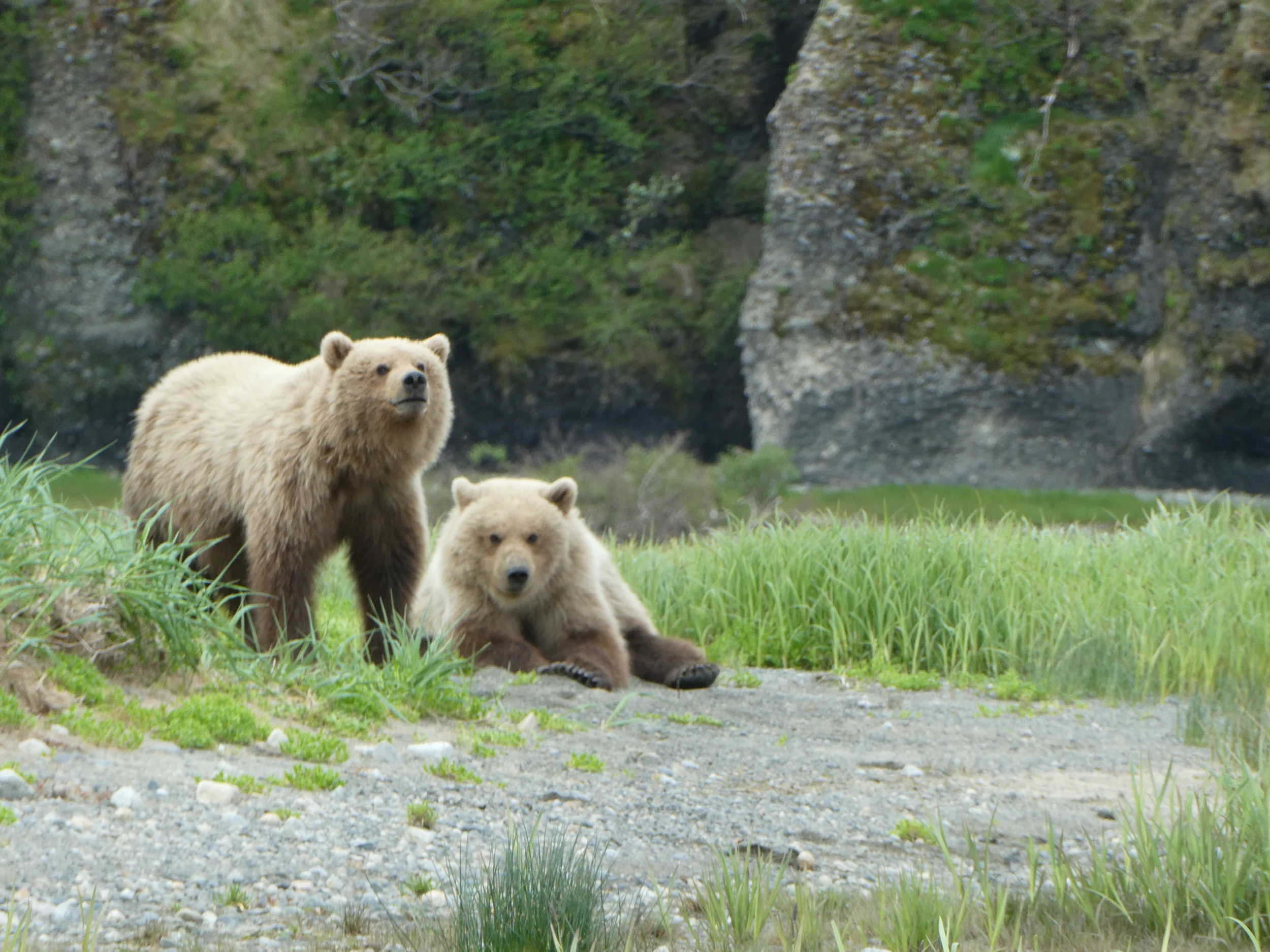
TH: Can you describe the scene a tourist would have encountered at a bear-feeding site back in the early days of Yellowstone and the event that brought that practice to an end?
KG: In the early days, national parks like Glacier and Yellowstone used to have “Lunch Counters for Bears” where tourists could watch black bears and grizzlies being fed and take photos. Park Rangers presided on horseback and the National Park Service set up bleachers for the onlookers. This practice continued until 1967 when two women were killed in separate incidents at Glacier. The offending bears had both been conditioned to receiving food from people. Following this tragedy, NPS closed the lunch counters and began securing trash around the park.
TH: What’s the difference between a "wildlife park" and a legitimate bear sanctuary?
KG: Roadside zoos, or wildlife parks, often promote feeding cubs and older bears for photo opportunities and present themselves as ursine-rescue facilities when, in reality, they’re more akin to puppy mills for bears—breeding and selling black bears for a profit. A legitimate bear sanctuary, like the Grizzly & Wolf Discovery Center in West Yellowstone, is accredited with the Association of Zoos & Aquariums (AZA) for the highest standards of animal welfare; promotes not feeding bears; and rescues orphaned or “problem” bears to prevent them from being killed.
TH: What kind of impact are these roadside zoos having on tourist’s attitudes toward grizzly bear and wildlife interactions in general?
KG: My concern with people visiting wildlife parks that promote bottle feeding bear cubs and tossing food to adult bears for a photo opportunity is they’ll take this behavior with them down the road when they travel to places like Yellowstone and Glacier National Park. And sadly, as we all know, “a fed bear is a dead bear.”
TH: How did your perceptions about bear hunting change during the course of writing this book?
In one chapter, I join a bear hunt on Kodiak Island, Alaska to learn how sportsmen can be important tools in conservation. Personally, I’d never shoot a grizzly bear so this chapter was challenging to write but many biologists and conservationists were telling me how a highly-regulated hunt can improve tolerance for bears and provide economic stimulus to a community. I also discovered how sportsmen can help report/prevent poaching, assist biologists with field counts, and help some people find value in grizzlies when they otherwise would only see them as a net loss on the landscape. Lastly, I learned about the long history of hunting and conservation and about our nation’s first nonprofit conservation organization—The Boone & Crockett Club.
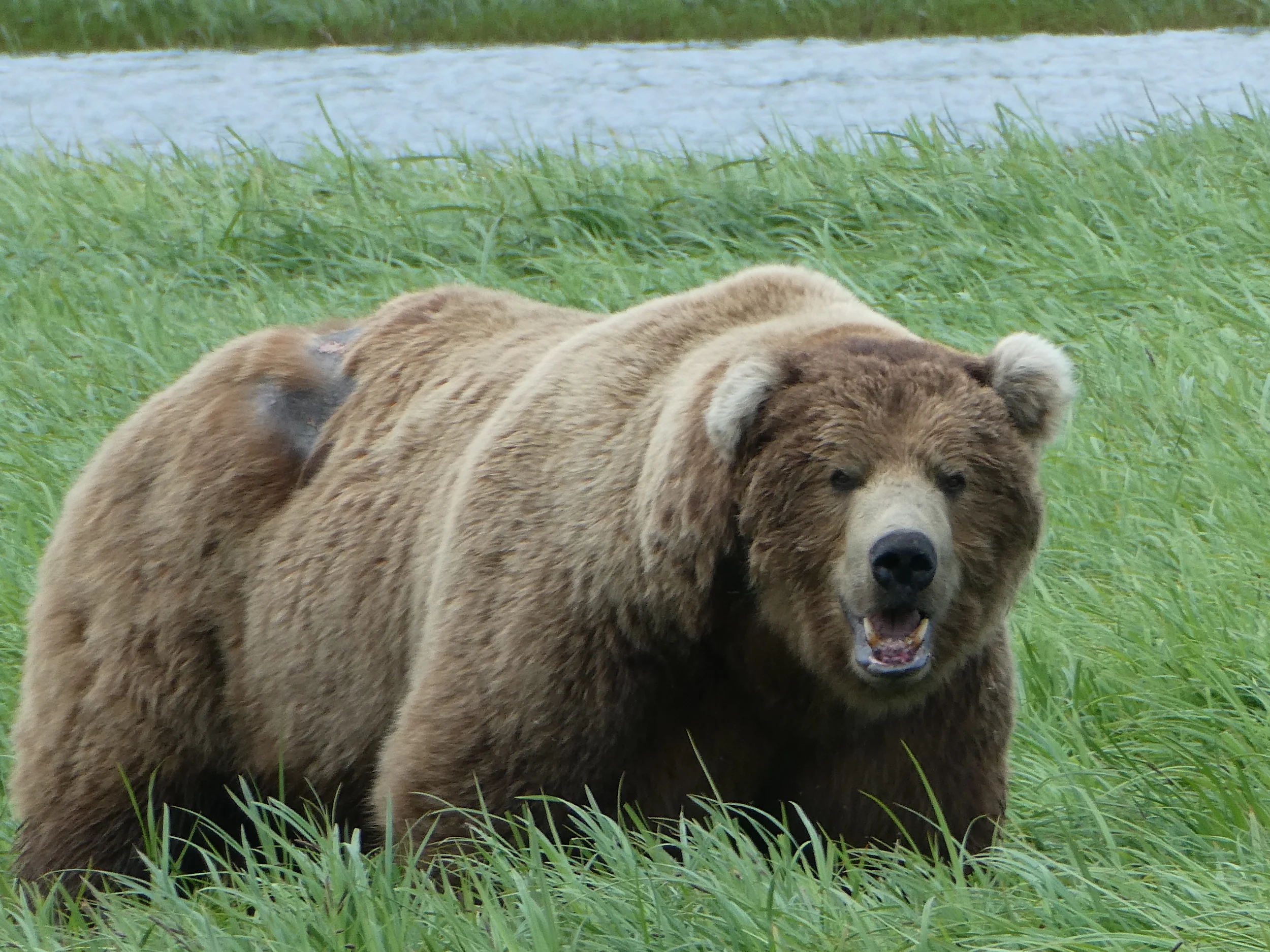
TH: How can hunting improve the health of a bear population?
KG: Hunters are targeting the largest and oldest males in the population—bears that have been around for years, have already contributed to the gene pool, and can predate on younger bears. The theory I heard is that by taking these old boars out of the population, it allows more bears to reach maturity since they are not preyed upon or displaced to marginal habitat. I’m not sure every biologist would agree but, during the hunt on Kodiak I shadowed, the bear population seemed to be exploding in the Uganik River watershed. I’ve never seen so many bruins!
TH: How did the hunting community save Alaskan grizzlies from an aerial gunning program in the 1960s?
KG: “The Kodiak Bear Wars” occurred on Kodiak Island in the 1960s. Ranchers wanted to eradicate bears and make Kodiak a ranching community so an aerial gunning program was established to kill brown bears. Knowing the environmental and economic value of a healthy bear population, hunters and sportsmen reached out to politicians and Outdoor Life magazine that ran a famous cover story on the bear wars in 1964. Thanks to the efforts of these sportsman, the aerial gunning program was stopped and Kodiak’s brown bear population was saved.
TH: What should hunters do to prepare themselves for potential grizzly encounters?
KG: In one chapter, I took a bear defense class in Bozeman, Montana from Chris Forrest, a former Navy SEAL. Forrest stressed the idea of redundancy and that “two is one and one is none.” In other words, we should carry two means of bear-deterrents with us (such as bear spray, an air horn, or firearm) in case one fails. A firearm isn’t always the best option because there isn’t always time to draw and aim the weapon, and you also can’t shoot at a bear that’s attacking your buddy because, odds are, you might hit him too.
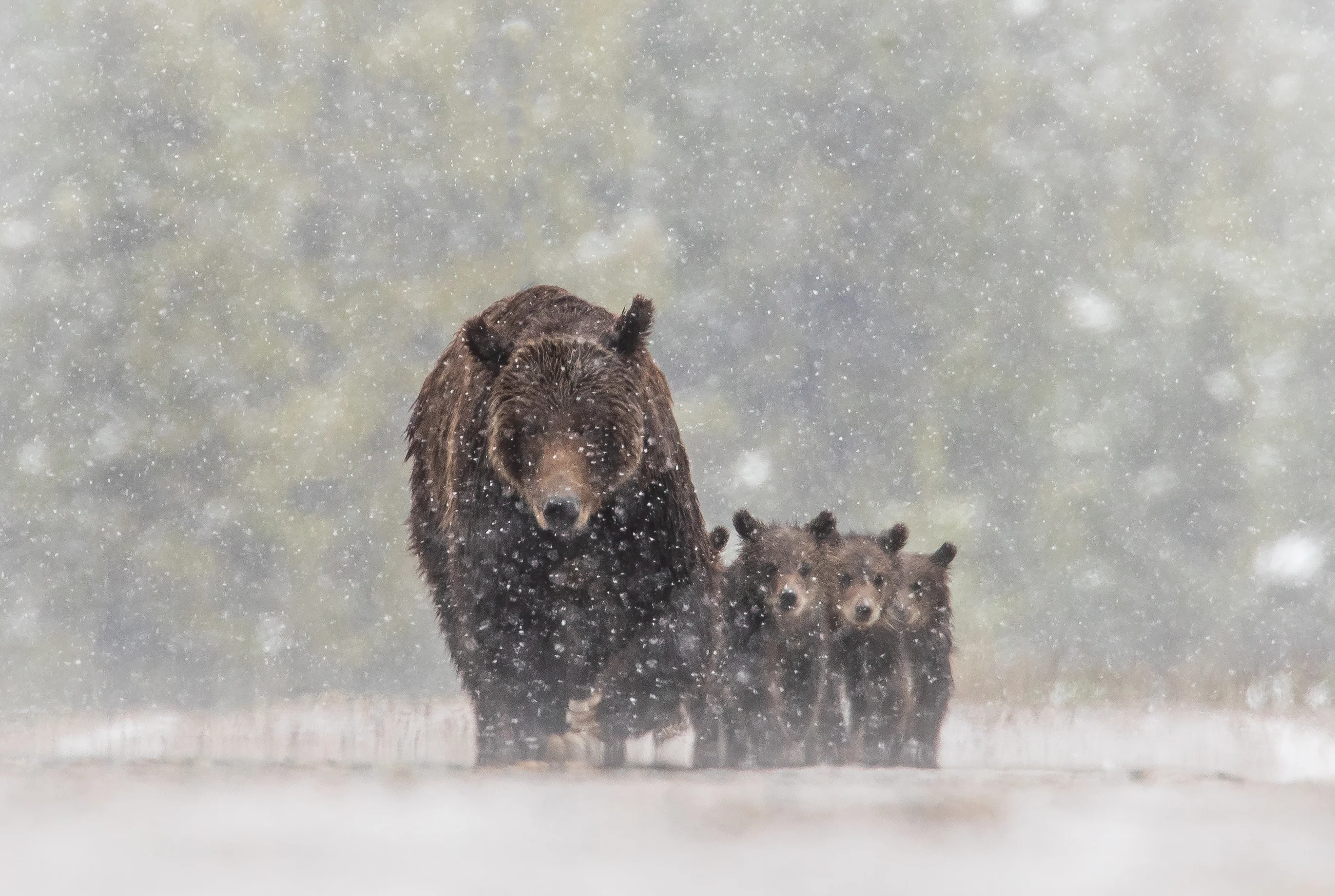
Along with this, we should try to follow best practices of traveling through bear county which includes hiking as a group, making noise, and avoiding dawn and dusk when bears are most active. Of course, that isn’t always feasible when hunting. For hunters, I’d say one smart thing to do is have someone on guard when you're field dressing or preparing for for a packout.
Related: Q&A with Author and Outdoorsman Jared Sullivan
TH: Any future book plans in the works?
KG: Not currently. After writing a book, I love to simply read again for pleasure. I’m currently reading The Tiger: A True Story of Vengeance and Survival by John Vaillant and End of the Earth: Voyaging to Antarctica by Peter Matthiessen. I’m also trying to learn the art of fly fishing which, as you probably know, requires a Zen-like patience and persistence.

